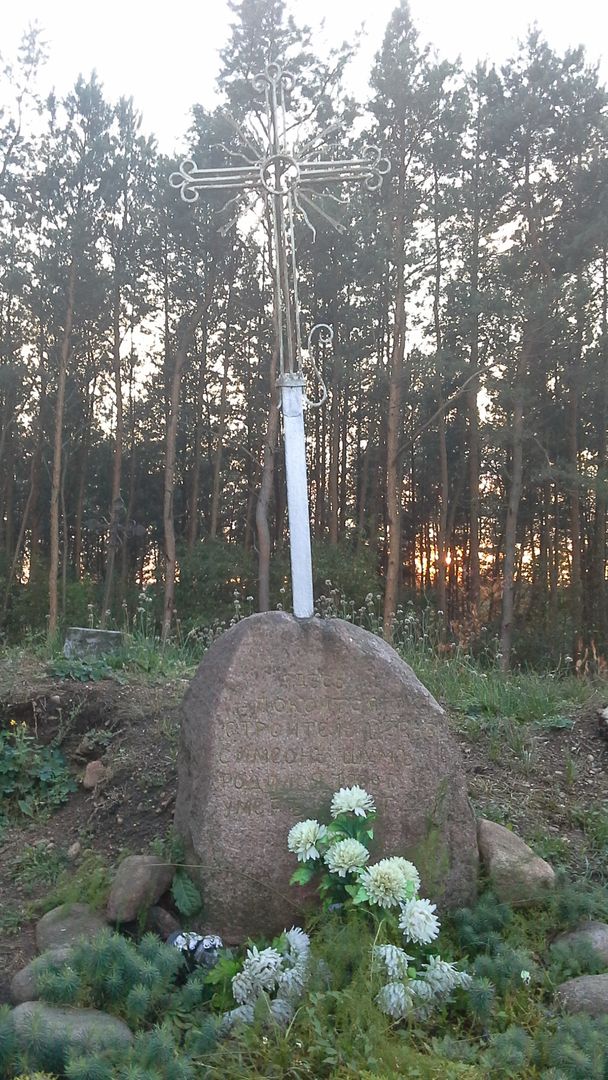Church of the Miraculous Savior in Rogawka
6.54

Overview
The Church of the Miraculous Savior in Rogawka is an Orthodox temple built in the 1850s on the initiative of Szymon Szum, on the site of an older church that had existed since at least 1646. The building belongs to the Siemiatycze deanery of the Warsaw-Bielsk diocese of the Polish Autocephalous Orthodox Church and was consecrated in 1854. The interior is dominated by a 19th-century iconostasis, and by the 21st century, the church had acquired new furnishings, including bells and an icon of St. George with relics. Initially dedicated to St. Simon Stylites, the church later adopted a patronal feast associated with the icon of Christ "Not Made by Human Hands," which became a key element of local tradition, especially during the cholera epidemic of 1893. Interestingly, due to the convergence of the cult of St. Roch, local Orthodox believers began incorporating Catholic traditions, which contributed to the church’s new dedication. During World War I and World War II, the temple survived without major damage, and its history is inextricably linked to the fate of the local community. Architecturally, the church is wooden, with an octagonal layout, clad in wooden planks, and features a multi-pitched roof crowned with an octagonal turret. It is surrounded by a cemetery and a wooden bell tower, preserving a traditional style and character. The church was entered into the register of historic monuments in 1989 and enjoys a vibrant religious life, attracting pilgrims. Its history and traditions are cherished by the local community to this day.
Location
2025 Wizytor | All Rights Reserved